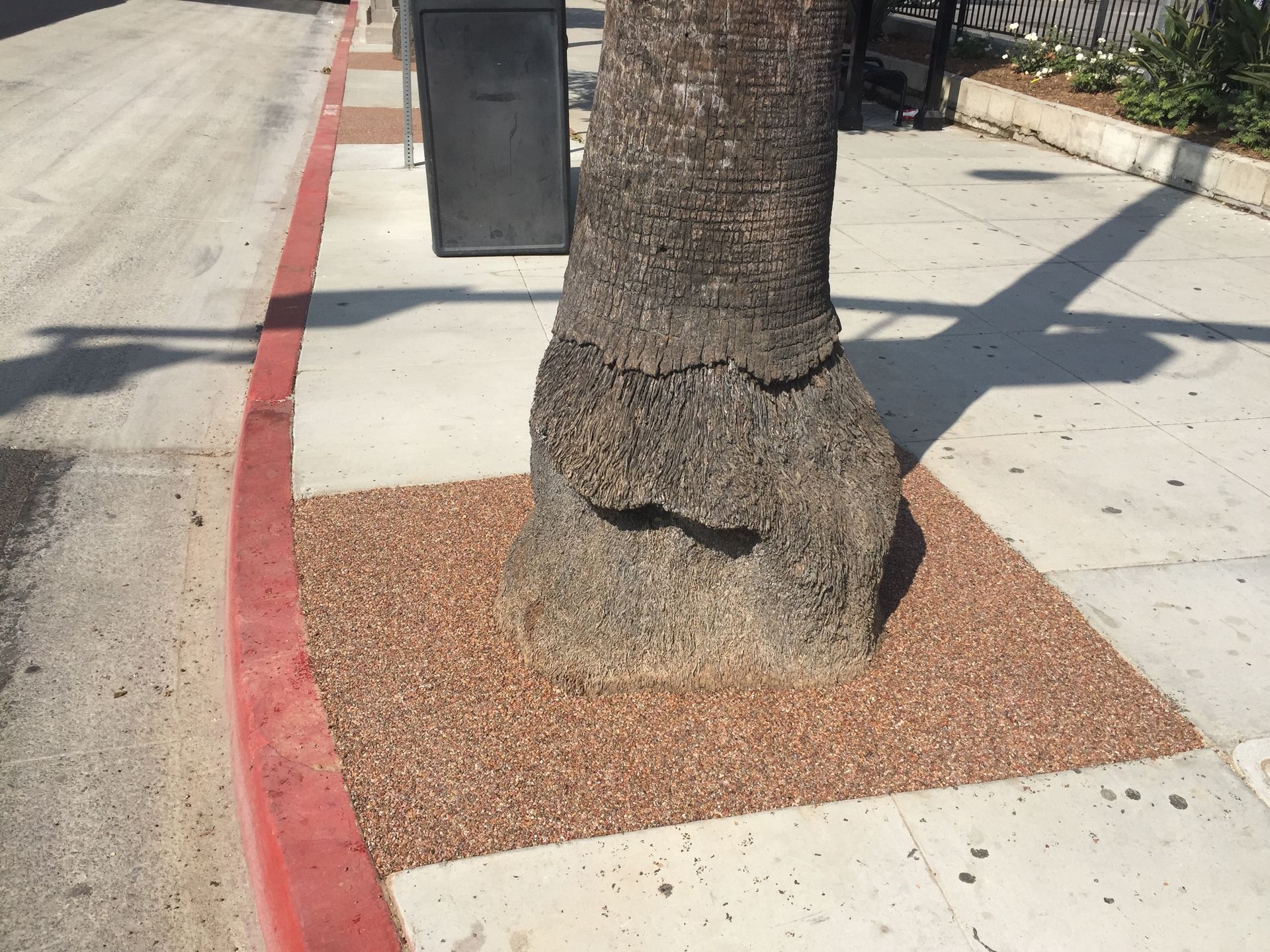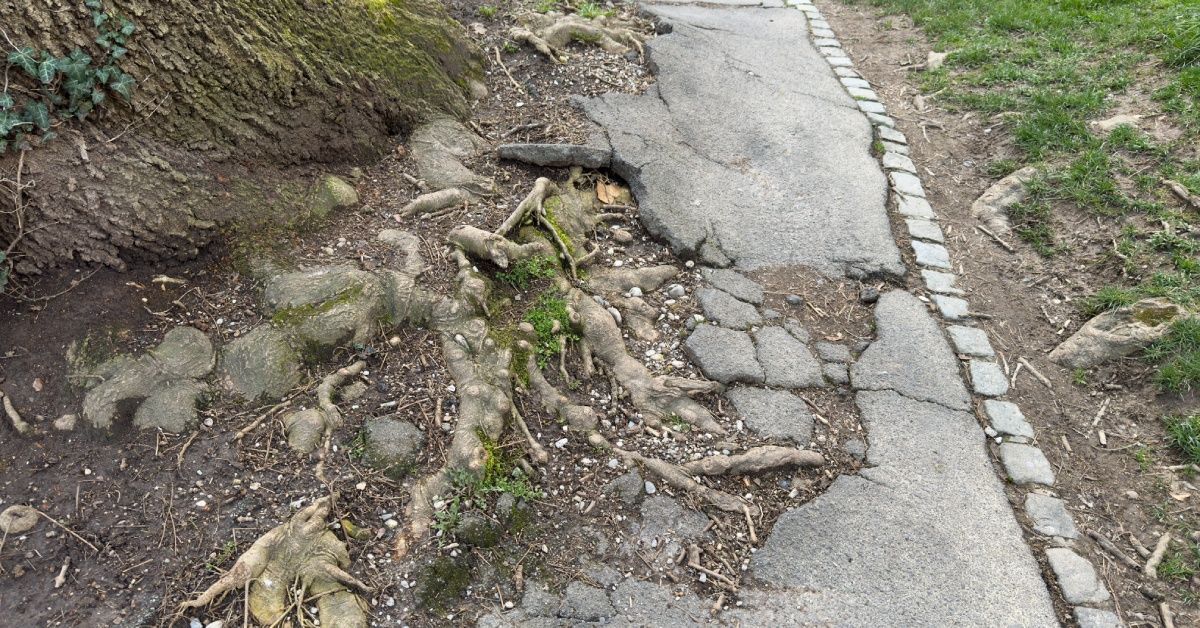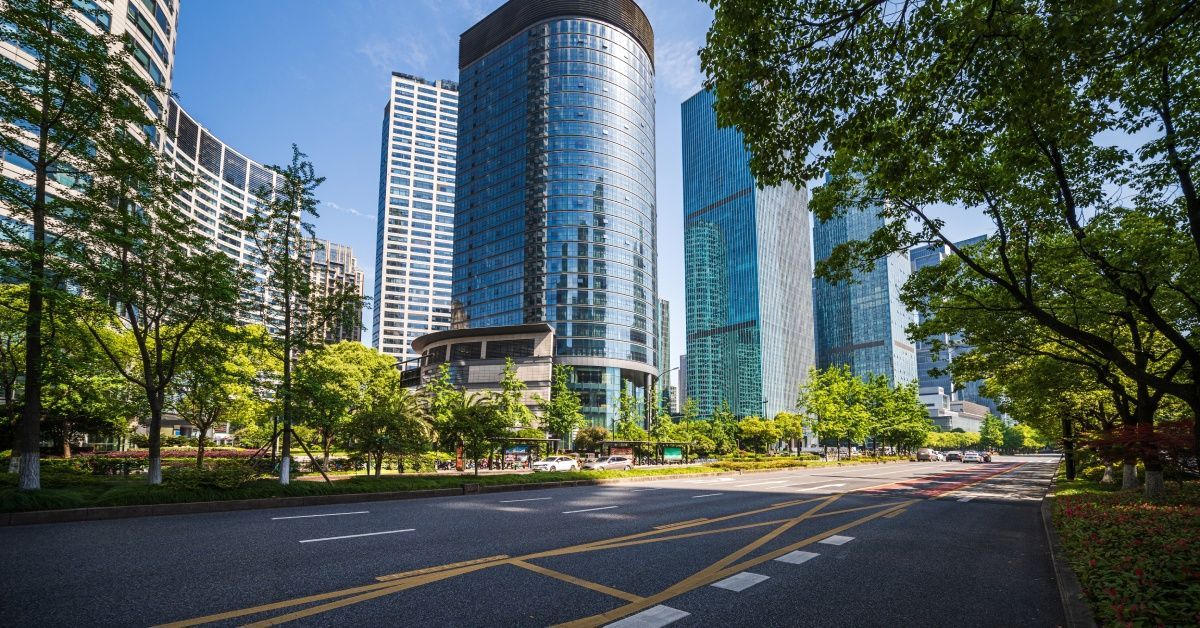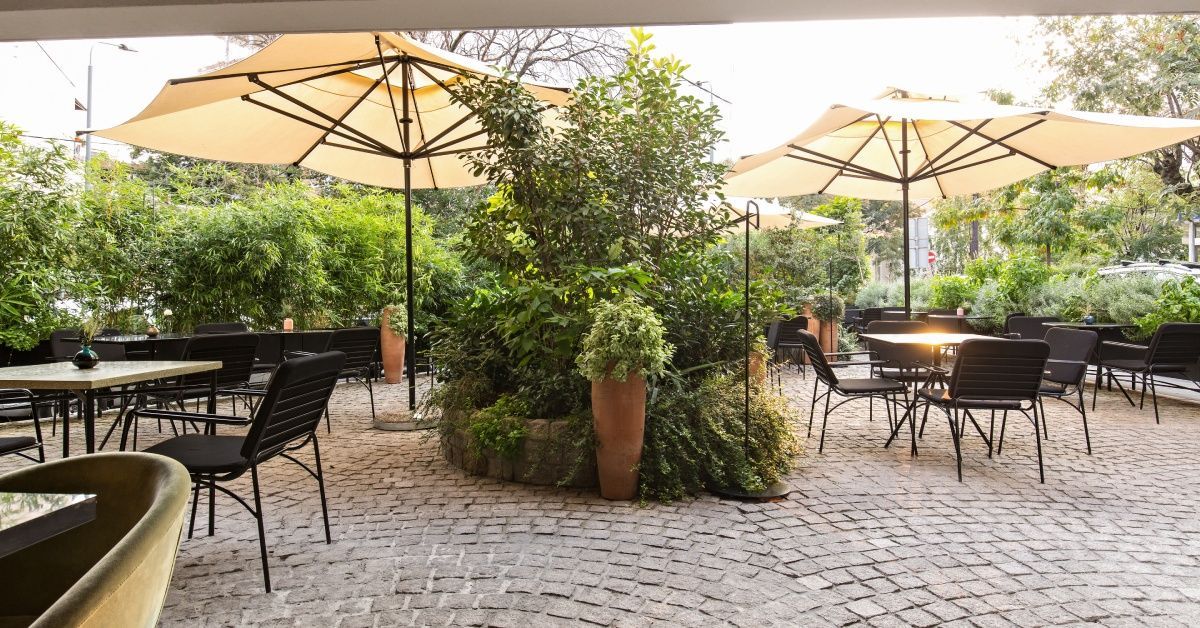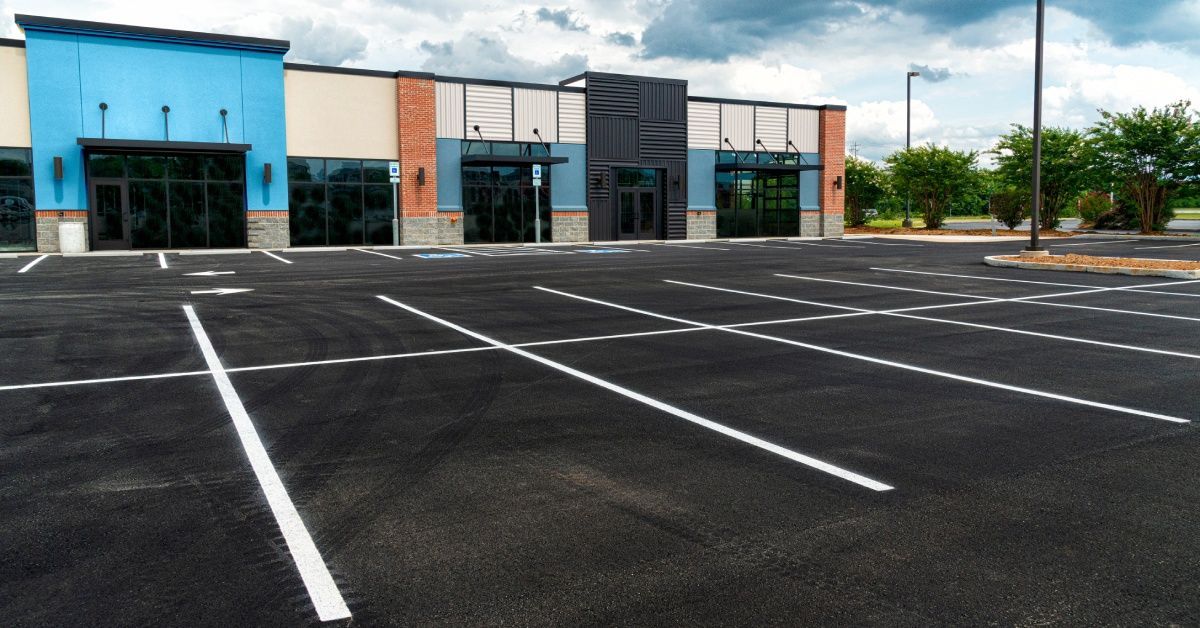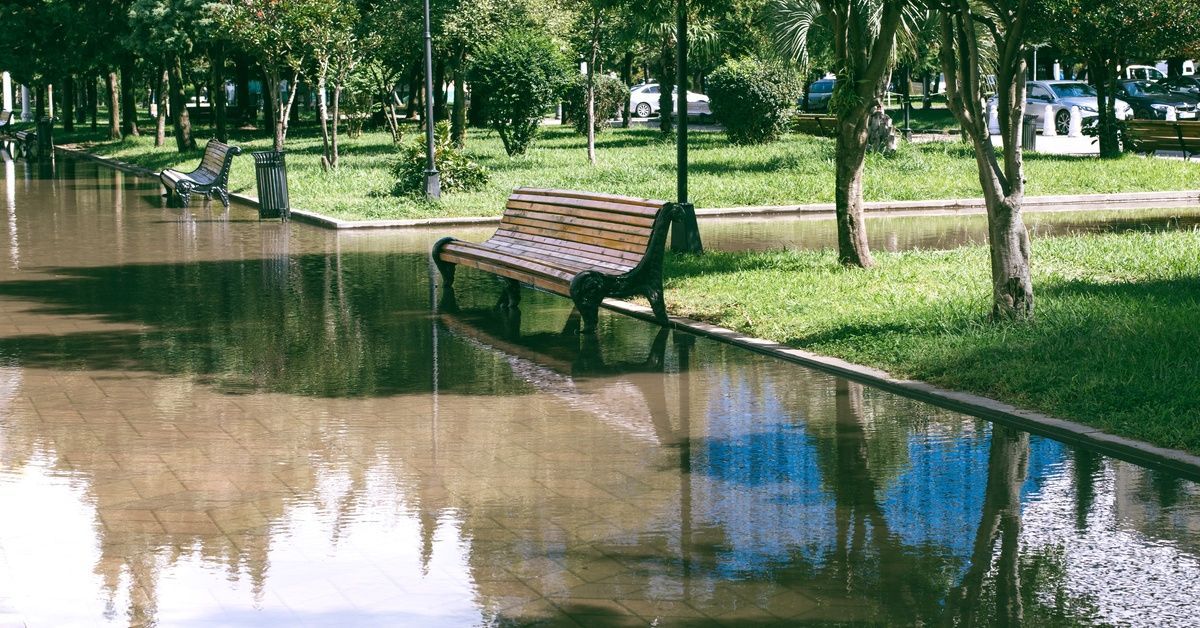Designing Permeable Tree Pits for Maximum Water Retention
The climate is changing, and that affects everything from the polar ice caps to the smallest pond. Water is becoming more and more precious, and we need to preserve it. This is especially difficult in the cities, where concrete, asphalt, and other impermeable surfaces cover most of the groundwater. This makes it harder to sustain trees and other vegetation necessary to provide clean air. For landscape architects and city planners, the challenge lies in creating solutions to help trees, bushes, and other plants thrive while tackling issues like water runoff and limited soil hydration.
Designing permeable tree pits for maximum water retention is one small solution that can make a big difference in the lives of trees and those who live in towns and cities. Permeable tree pits provide essential water and nutrients to trees while contributing to sustainability and improving aesthetics. Here’s how they work and how they help.
Why Permeable Tree Pits Matter in Urban Design
Tree pits are exposed spots of soil on the sidewalk or elsewhere that house trees. They permit the tree to spread its roots beneath the sidewalk’s surface in search of water. You will often see them caged by cast-iron grates or covers. While these devices have their value—preventing tripping and protecting and offering structure to the tree itself—they may block entry for rainwater. This can lead to water pooling and running off rather than enriching the tree. It may also cause slipperiness and potential injuries for passersby.
Fortunately, permeable tree pits present a healthy and attractive alternative. They allow rainwater to seep into the soil, hydrating roots and reducing runoff. As urban centers face increasing water scarcity and climate-related challenges, incorporating permeable tree pits into design makes cities more resilient and sustainable. In their own small way, permeable tree pits help with managing stormwater, improving air quality, and beautifying the community. These tree-friendly designs benefit both humans and the environment.
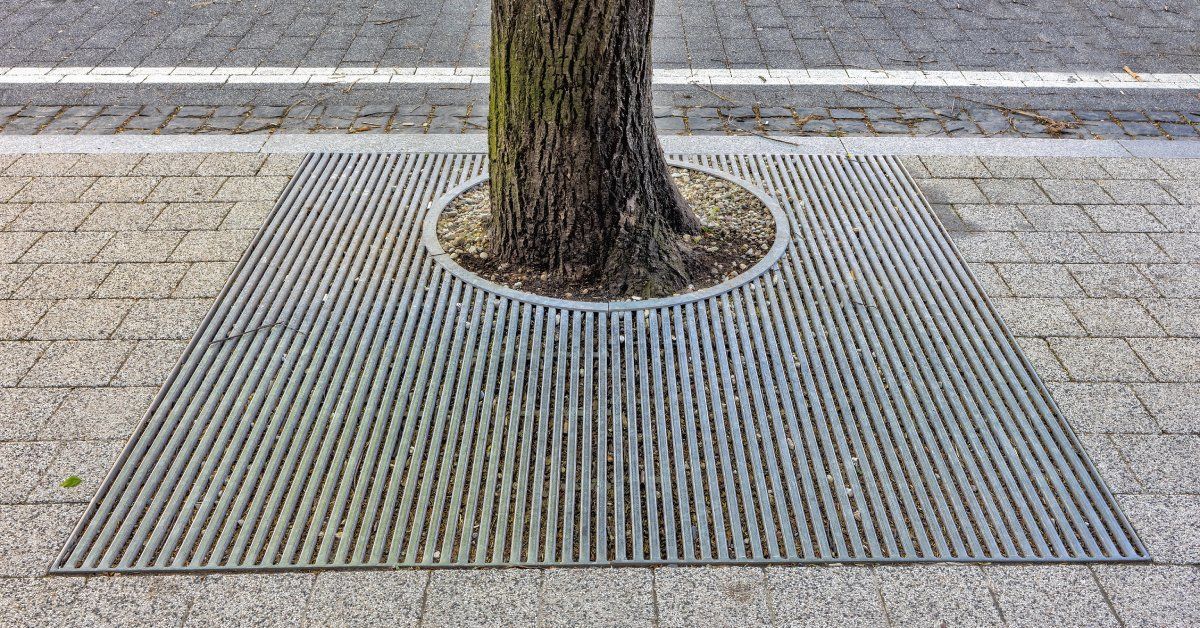
Permeable Tree Pit Pros
Here are a few of the key benefits and advantages of permeable tree pits, particularly in an urban context.
Enhanced Water Retention
As suggested by the name, permeable tree pits are not watertight. They allow rainwater to infiltrate the soil through small openings. This prevents it from running off into the gutters and sewers. This system supports deep hydration for tree roots, encouraging healthy growth. It also reduces pressure on stormwater systems, particularly during heavy rains and snow and ice melt.
Eco-Friendly Materials
Unlike traditional cast-iron grates, permeable materials—such as resin-bound gravel or porous concrete—are sustainable. These materials have a lower carbon footprint during production, don’t require mining, and serve as an eco-conscious solution. Some forms of permeable paving even contain recycled materials.
Improved Urban Aesthetic
Resin-bound aggregate looks sleek, modern, and natural. They may seamlessly blend with urban surroundings, but they are also available in multiple colors and textures for greater variety. Permeable tree pits and permeable paving easily adapt to different design projects, urban themes, and architectural and landscaping plans.

Safety First!
Another reason why permeable tree pits are great alternatives to cast-iron tree grates is that traditional cast-iron grates often loosen over time, becoming trip hazards for pedestrians. Alternative solutions like resin-bound covers reduce these incidents and create safer walkways in busy urban areas. Cast-iron grates are also susceptible to scrap-sellers. Permeable tree pits eliminate temptation and preserve the safety of the community as a whole.
Designing Permeable Tree Pits in 6 Steps
Implementing permeable tree pits involves more than replacing metal grates. Here’s how landscape architects approach the design process to maximize water retention and tree health.
Choose the Right Location
Evaluate the surrounding environment to identify where permeable tree pits present the greatest benefit. Key considerations include pedestrian traffic, proximity to storm drains, and the type of tree you’re planting. Strategically placing tree pits near existing natural water drainage systems further enhances water retention and distribution.
Select Sustainable Materials
Permeable tree pits rely on sustainable, porous materials that balance function and aesthetics. Architects and landscapers prefer resin-bound aggregates due to their durability, low maintenance, and customizability. And the ability to provide a solid walking surface that still permits water to flow through is a, no pun intended, groundbreaking idea. The fact that they provide all the above as well as beauty while remaining sustainable seals the deal.
Design With Root Growth in Mind
Make room! Tree roots require space to grow and spread without disrupting paved surfaces above, causing them to buckle and crack. Implementing subsoil structures or cellular confinement systems enables root expansion while supporting sidewalk and road weight. Therefore, the design must allow ample room for roots while maintaining easy infiltration for water and oxygen.
Integrate Drainage Systems
Look beyond the tree pit itself. Holistically assess drainage needs. Adding below-grade drainage systems enhances water retention while minimizing flooding risks. Use strategically placed drains or bio-retention cells to optimize water flow and prevent stagnation.
Tell a Story
Every urban project tells a story. Tree pits contribute to the narrative! Landscapers, planners, and designers should employ contrasting aggregates and unique patterns to create visually compelling scenes and tableaus that mesh well with the surrounding area and other elements in the space.
Monitor and Maintain Regularly
Nothing lasts forever. Permeable tree pits require ongoing maintenance to continue serving their purpose over time. Thankfully, though, this maintenance is easy. Arrange for the regular clearing of debris, replace aggregates when damaged, and inspect them to prevent clogs.
The Future of Sustainable Urban Design
Permeable tree pits are a terrific combination of beauty and practicality. While they’re just a small part of urban planning, they make a big impact in their own little way. Permeable tree pits can mitigate several concerns faced by city planners and landscapers, from flooding to climate change. Implementing these designs is a big step toward creating greener cities and healthier ecosystems.
Those are just a few thoughts on designing permeable tree pits for maximum water retention. If you have any questions about permeable tree pits and other solutions for your next project, contact us for a consultation!
